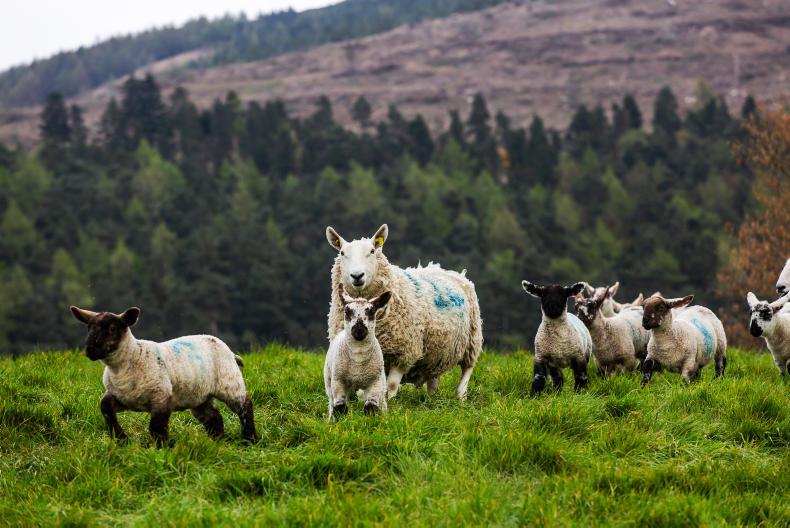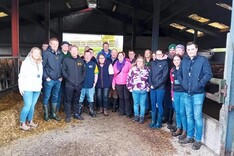The Department of Agriculture-run Sheep Welfare Scheme (SWS) commenced in 2017 and runs for four years. There was an initial fund of €25m set aside to finance the scheme on an annual basis. Unfortunately, the level of funding available is not being capitalised upon by sheep farmers with the latest payment report showing 18,826 farmers receiving payment which totalled €17.36m.
Approximately 1,239 farmers are reported as having withdrawn from the scheme since 2017, which is a shame given that funding is available.
The scheme has, however, been largely received as a well-designed scheme with a high percentage of the payment which works out about €10 per ewe making its way to the farmer’s pocket
The withdrawal and lower uptake is partly stemming from the nature of the Irish sheep sector with a significant number of smaller flocks, some of which saw a smaller return as reason not to join while more paperwork was a deterrent for some older farmers.
The scheme has, however, been largely received as a well-designed scheme with a high percentage of the payment which works out about €10 per ewe making its way to the farmer’s pocket. The suite of measures or tasks is also regarded as useful by farmers in improving efficiency.
Another element favoured by farmers is the fact that numbers can fall below the reference number and trigger a lower payment but there is scope to build numbers back to the reference number without penalties in subsequent years.
The option for new entrants to sheep farming to apply annually attracted 112 new participants in 2018.
Given profitability concerns in the sector, farmers are backing the continuation of the scheme and are hopeful funds can be ringfenced to the sheep sector with farm organisations calling for unspent funds to translate to a higher payment per ewe.






 This is a subscriber-only article
This is a subscriber-only article










SHARING OPTIONS: